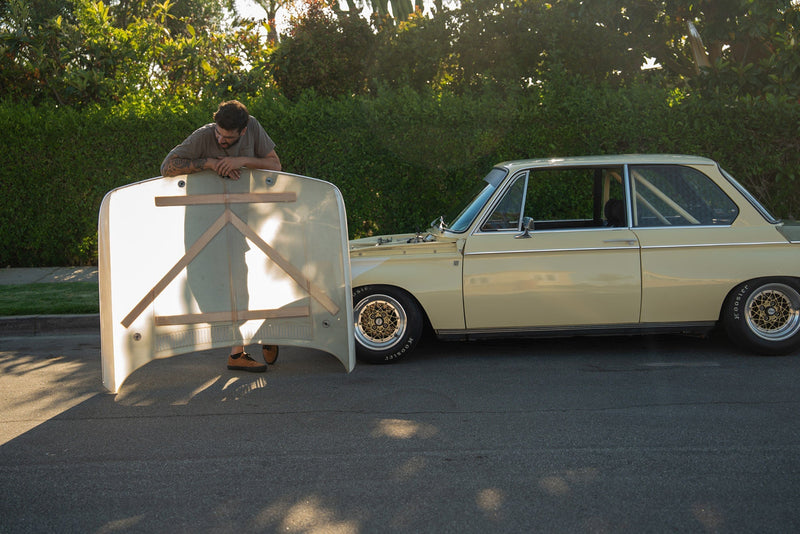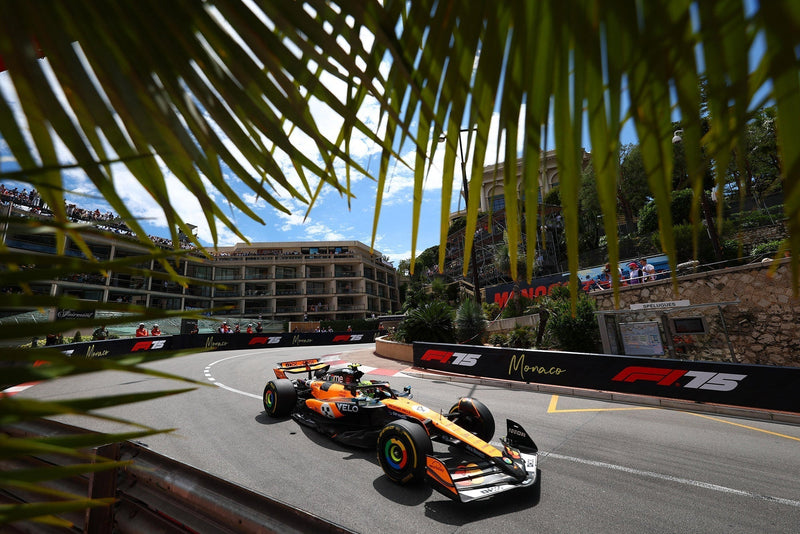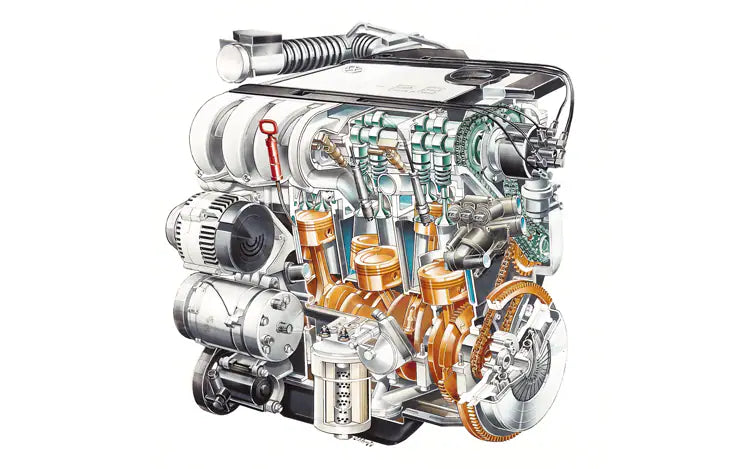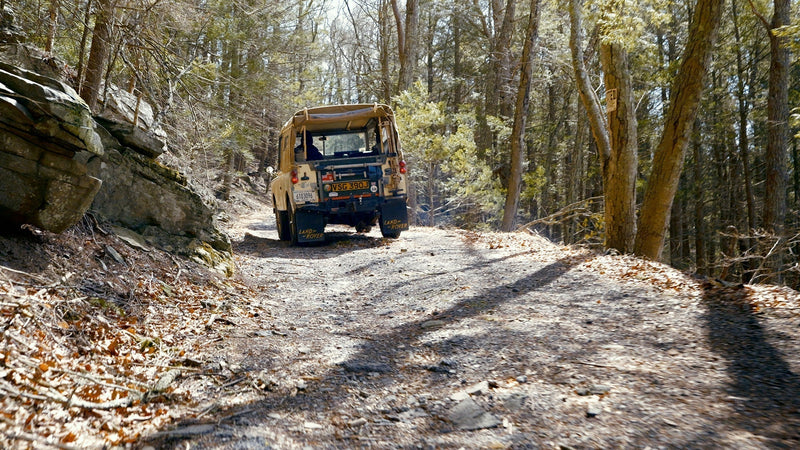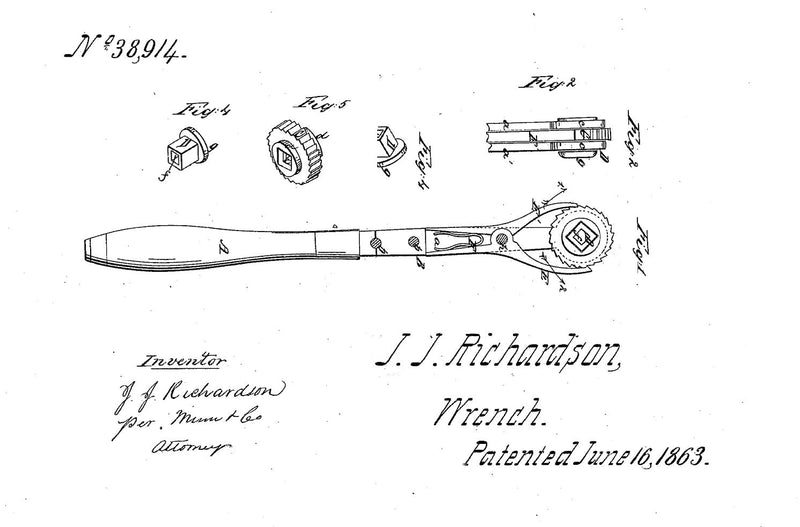When Toyota launched the MR2 in 1984 the affordable sports car market wasn’t in great shape. There were few mass-market offerings to choose from and the ones that did exist had been around for a long time. Then the Midship Runabout 2-seater arrived and changed everything.
At a stroke the only other affordable mid-engined sports car. The ancient Fiat X1/9 – was rendered obsolete. The new kid on the block was fast, stylish, brilliant to drive, superbly balanced and relatively cheap.
Toyota MR2 Mk1 inspection checklist
Ths first-generation MR2 remained in production until 1990 and in that time there was relatively little development of it. There didn’t need to be, as Toyota got the formula spot on from the outset. In the intervening years the number of really good MR2 Mk1s has diminished significantly, but that’s just another good reason to track one down.
Engine: Toyota MR2 Mk1
The MR2’s engine will notch up at least 150,000 miles if looked after. Cleaning the injectors is recommended every 12,000 miles, the oil should be renewed every 6000 miles and the cam belt every 60,000 miles or six years.
Maintaining anti-freeze levels is important because the cylinder head is made of alloy. Toyota manufactures its own pre-mixed coolant (which is a deep red), but alternatives are available. Bleeding the cooling system is also important; the mid-engined layout means there’s a long pipe run and as a result air locks are common. If this happens, the result is normally a very uneven idle, because the air locks confuse the engine sensors.
When the engine is cold an electrically operated solenoid on the input air piping allows extra air into the engine when cold. If this solenoid fails the engine will idle at high revs once it’s up to temperature. But fixing this isn’t costly.
Gearbox: Toyota MR2 Mk1
Most MR2s came with a five-speed manual gearbox, but an automatic was offered on supercharged and 1.5-litre cars in Toyota’s home market. Autos are rare and generally reliable. While the manual will be fine up to 100,000 miles. At which point it’s likely to start jumping out of fifth gear.
This fault is down to increasing slack in the selector mechanism, the first sign of which is excessive movement of the gearstick in fifth. It’s possible to shim or tighten things if caught in time. But replacement is the only option once things have reached a critical point. Fitting a new fifth gear is possible without removing the gearbox. But it’s usually cheaper to just fit an exchange gearbox.
Clutch judder doesn’t necessarily mean that a replacement is due. It might be simply that the system needs to be properly bled.
Suspension and brakes
Shock absorbers typically last around 70,000 miles; most owners fit uprated and/or adjustable items. Early cars featured oil-filled dampers but this was switched to gas.
A knocking noise from the front betrays worn anti-roll bar drop links or maybe tired steering rack bushes. Both are easily fixed.
All MR2s came with alloy wheels, many of which have been swapped for aftermarket items. Many wheels have seen better days but they’re easily refurbished; finding genuine MR2 wheels isn’t hard if you’re keen to return a car to original spec.
All MR2s have a disc brake at each corner. The discs tend to last no more than 30,000 miles, so feel for juddering because of warping. There are lots of options for replacements though. The rear calipers can seize because of worn handbrake cables and/or seals, but fixing this is cheap and easy on a DIY basis.
Bodywork
Rust and poorly repaired crash damage are both likely, so check the shut lines and panel fit very carefully, especially at the front.
The most rust-prone areas are the sills, rear quarter valances and rear wheelarches. Also check the seam across the front bulkhead behind the spare wheel (in the nose), and the front valance on pre-1987 MR2s; later cars have a plastic valance. Water can collect in the rearmost corners of the rear luggage bay; the drainage holes here can get blocked up.
If a replacement windscreen has been fitted, the surround’s paintwork is often damaged in the process. If rust breaks out and festers out of sight. There’s no way of checking whether or not the bare metal has been exposed. But if a new screen has been fitted, be aware of the potential problems.
Also look for corrosion in the base of each A- and B-post, while any MR2 with a T-bar can suffer from leaks which leads to rust in the floorpans, and rotten carpets. The inner wheelarch liners can mask corrosion, and on later cars so too can the side skirts.
Squeeze the front bumper and listen for the sound of crumbling metal; the reinforcement bar within the bumper can dissolve out of sight. The car’s underside should be protected by a series of undertrays. Which are sometimes not replaced at service time, so make sure they’re in place and that their fixings are intact as they get bashed about.
Interior
As with any car as old as the MR2 Mk1, interior trim wear and damage are likely, although high-quality materials were used. T-bar models are likely to leak because the seals get compressed and replacements are expensive as well as awkward to fit, so bodges creep in. Late T-bar editions also feature perforated leather trim, which cracks.
The electrics are relatively complicated but the system is usually reliable. The electric window winders incorporate a nylon cog on which the teeth strip, while the driver’s side window switch can fail. Check that the pop-up lights work properly (they are reliable), but the electronic control unit for the engine can fail and replacements are hard to find.
The alternator can overheat then fail, so make sure that it’s charging properly. New or rebuilt replacements are readily obtainable though.
History
- 1983: The MR2 prototype is shown, badged SV-3, at the Tokyo motor show.
- 1984: The production MR2 is launched in Japan.
- 1985: The first cars arrive in the UK in March. By October there’s already a minor facelift, with colour-keyed bumpers, spoilers and skirts plus central locking.
- 1986: A T-bar roof is now offered, while all models get a deeper front spoiler, longer nose plus revised tail lights and air intake. There are also suspension tweaks while a 145bhp supercharged edition is introduced for markets outside Europe.
- 1988: Leather trim is now standard on the T-bar MR2.
- 1990: The MR2 Mk2 is introduced.
PetroFact
Don’t be too keen to buy a really low-mileage MR2, assuming that you can find one. These cars need regular use and letting them sit idle for long periods leads to electrical glitches and often mechanical problems too.
High-mileage cars can be a good bet if they’ve had plenty of money spent on them. The most common expensive mechanical problems tend to occur between 100,000 and 120,000 miles, so buying a 90,000-mile MR2 could prove costly. One with 130,000 miles on the clock might be a better buy if it’s had money spent on it.
The spec you buy is down to personal taste. The regular 1.6-litre MR2 is an absolute riot to drive while the supercharged car that wasn’t officially imported to the UK offers more performance but isn’t necessarily any more fun. T-bar models allow open-topped motoring but are more prone to leaks. As ever, it’s the condition of the car that matters more than the spec because any well-preserved MR2 will make an excellent buy.
Prices
- Project £500-700 (app. $650-$900)
- Good £1250-2500 (app. $1500-$3000)
- Concours £3000-4500 (app. $3700-$5500)
Practicality ★★★Running costs ★★★★Spares ★★★DIY Friendly ★★★Investment ★★★Desirability ★★★★








































